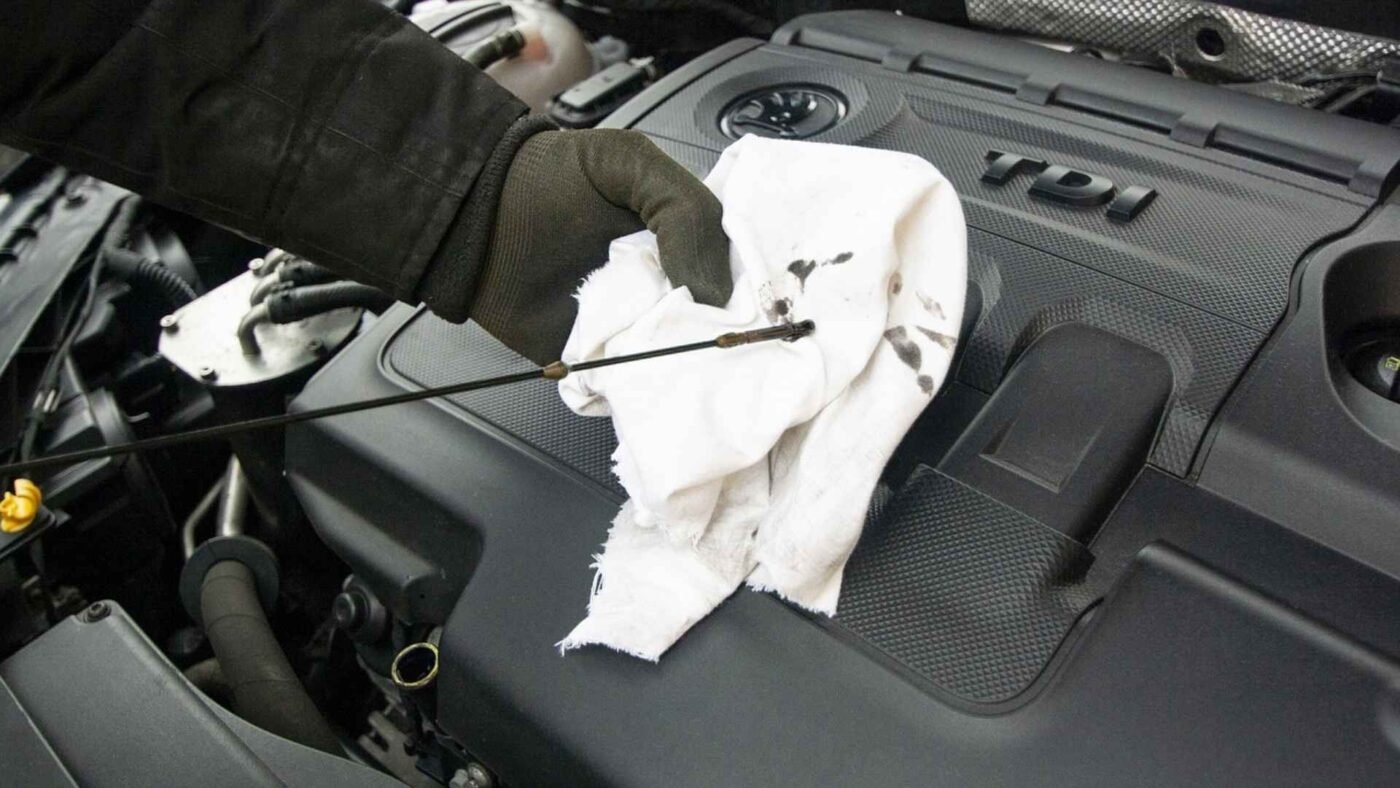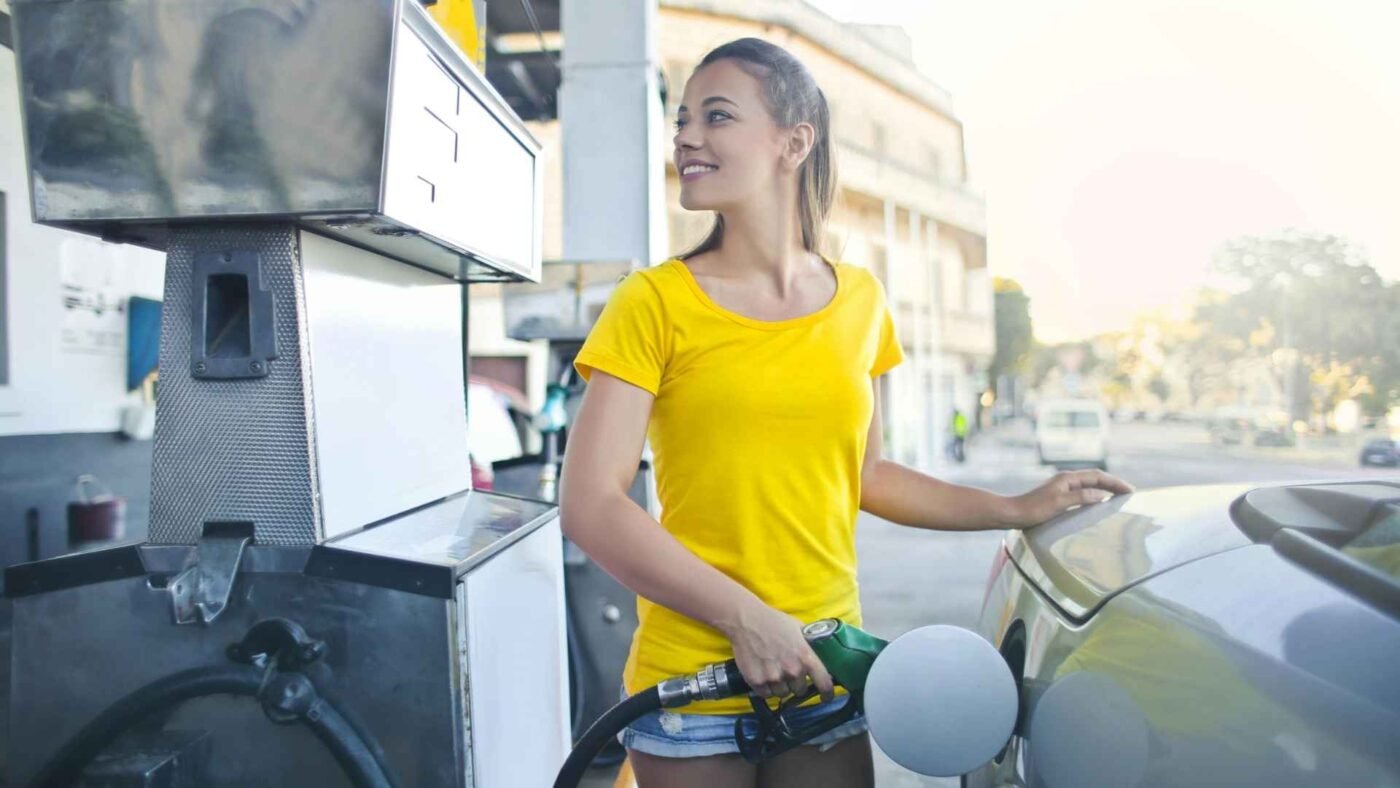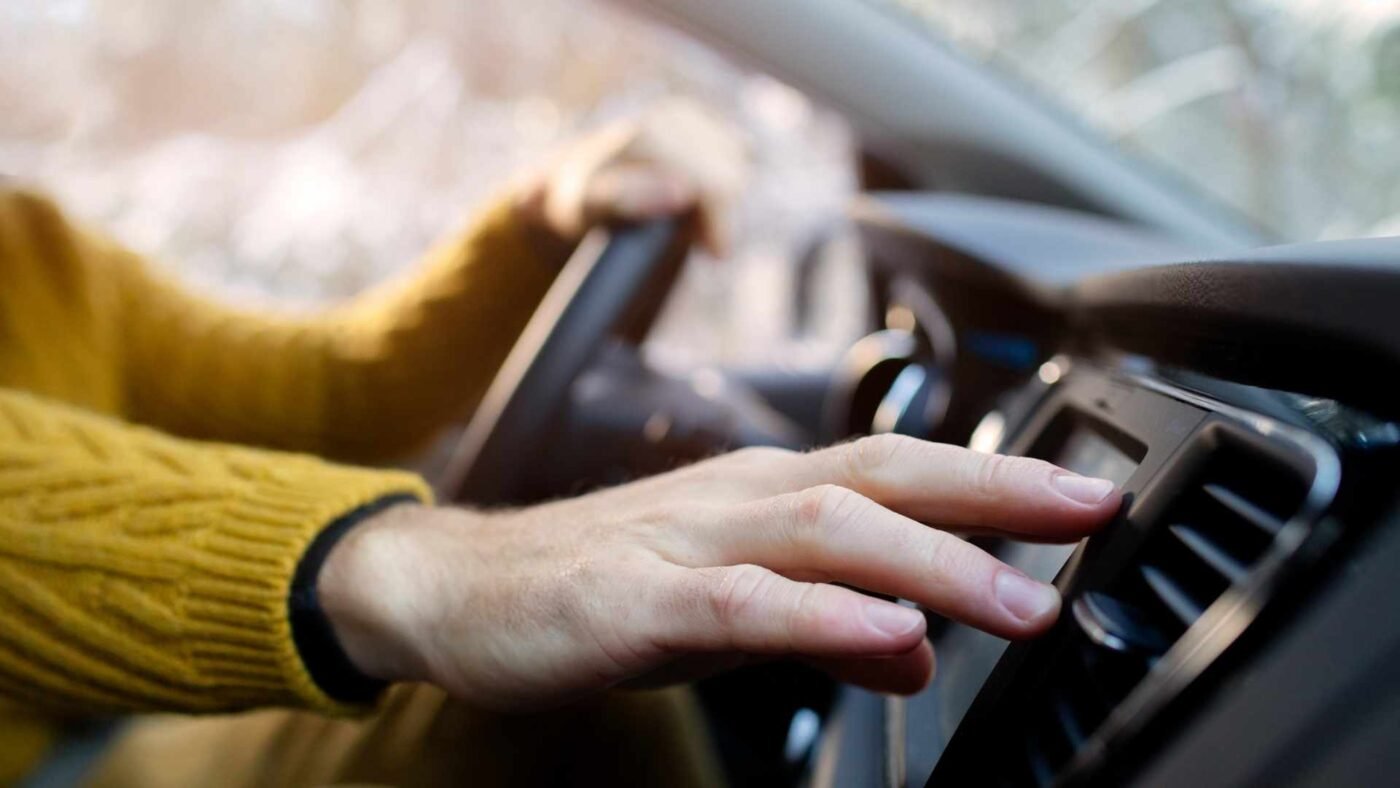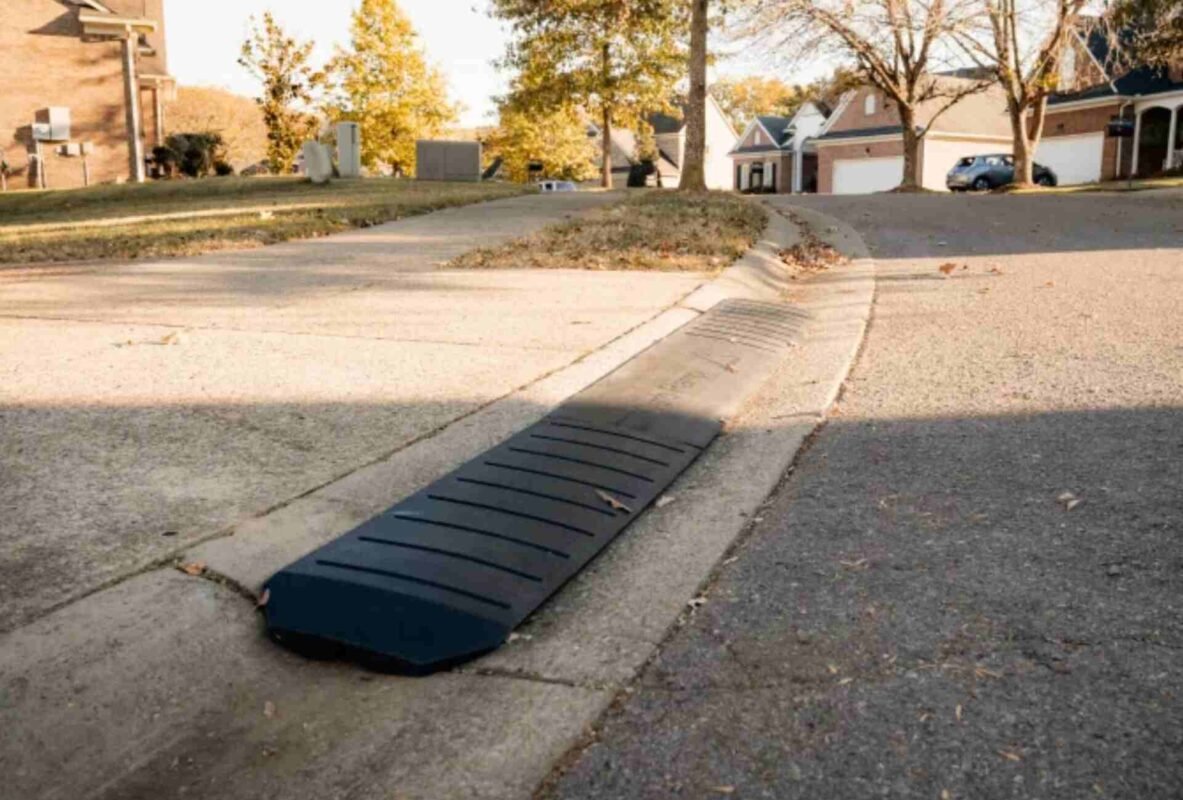Blog
Maximizing Fuel Efficiency: 8 Practical Tips to Save on Gas Bill
Gas prices often fluctuate, creating a universal desire to save on fuel costs, reduce natural gas usage, and respond to changing natural gas prices. The pursuit of reducing gas consumption serves two vital interests: it helps protect the environment and allows for significant financial savings.
Whether you’re looking to reduce your vehicle’s gasoline expenses or your home’s natural gas bill, adopting efficient habits can have a considerable impact. Here are eight practical strategies to help you conserve gas and keep your wallet happy. Let’s get started.
Table of Contents
How Can You Maximize Your Gas and Save on Gas Bill?
Understanding how to maximize your gas mileage is an essential skill, especially when it comes to saving money. Adopting a few straightforward habits and minor adjustments to your driving style can significantly impact your fuel consumption and overall expenses.
1. Reduce Excess Weight and Drag
Carrying unnecessary weight in your trunk or cabin can increase fuel consumption. Removing items you don’t need for your daily commute can lighten your vehicle’s load and improve gas mileage.
Accessories like roof racks can create drag, which decreases fuel efficiency. Removing these items when not in use and opting for accessories designed with aerodynamics can reduce air resistance and enhance your car’s fuel economy.
2. Reduce Travel Frequency

Finding ways to minimize how often you travel can have a significant impact on your fuel consumption. You can save more than gas and time by making minor adjustments to your routine and how you plan your errands. You not only save on gas but also contribute to reducing the demand for more natural gas and other fuels.
- Planning and Consolidation
Planning for your needs is crucial. By consolidating trips and errands into fewer outings, you save on gas and reduce wear and tear on your vehicle. This approach helps in managing your time and fuel more efficiently.
- Alternative Transportation Methods
Consider walking or biking for short distances. It’s a healthy alternative that saves fuel and reduces emissions. Carpooling and public transportation are also excellent ways to cut down on individual fuel usage, offering both environmental and financial benefits.
- Remote Work Opportunities
With the increasing availability of remote work, consider working from home occasionally. This can significantly reduce your commuting frequency, saving on gas and providing a better work-life balance.
3. Vehicle Maintenance

Proper vehicle maintenance is not just about ensuring your car runs smoothly; it’s also about optimizing fuel efficiency. Regular check-ups and adherence to your vehicle’s maintenance schedule can lead to noticeable savings on gas.
Regular maintenance tasks, such as checking tire pressure, changing the oil, and replacing air filters, become even more vital. For instance, a clean air filter ensures that your engine can breathe easily, regardless of whether it’s processing warm air or cold air. This simple action can improve your vehicle’s efficiency and prevent more significant issues.
Following your vehicle’s maintenance schedule as outlined in the owner’s manual is essential for keeping your car in top condition. Proper tire inflation is also crucial. Maintaining the recommended tire pressure can improve your gas mileage by up to 3%.
It’s important to note that tire pressure can vary with temperature changes as hot air expands and cold air contracts. Therefore, adjusting your tire pressure according to seasonal changes can help maintain optimal fuel efficiency.
4. Slow and Steady Driving
Opting for the vehicle with the best fuel efficiency for your daily needs can also significantly reduce your gasoline expenses. This simple choice can lead to substantial savings over time. This simple decision can make your driving habits more energy efficient.
If you own a vehicle that’s not fuel-efficient, consider trading it in for a hybrid or a model known for its fuel economy. This switch can drastically lower your natural gas consumption and environmental impact.
Look for vehicles recommended for their excellent gas mileage. Many resources are available to help you identify economical and environmentally friendly models, making it easier to choose a car that meets your needs.
5. Optimize Fueling Techniques

Understanding and optimizing the way you refuel your vehicle can lead to savings. Similarly, for households and businesses using natural gas, choosing the right natural gas supplier can also impact your energy bills significantly.
Modern gas stations use pumps equipped with vapor recovery systems. These systems are designed to capture fuel vapors and return them to the tank, which can affect the volume of fuel you receive.
Filling your tank slowly minimizes the loss of fuel vapors during refueling. This method ensures that more of the fuel you pay for is in your tank, saving you money and reducing emissions.
Additionally, for electric or hybrid vehicle owners, considering energy-efficient technologies like a heat pump for climate control can offer significant benefits.
6. Turn off Your Car at Red Lights and Other Long Stops
Making small changes in your driving habits can lead to significant savings on fuel and reduce your carbon footprint. One such habit is managing your vehicle’s idling time effectively.
If you anticipate that your car will be idle for more than 10 seconds, turning it off can save gas and decrease carbon dioxide emissions. This simple action can make a noticeable difference in your vehicle’s fuel efficiency over time.
7. Use the Air Conditioning and Heating System Wisely

The way you use your car’s air conditioning (AC) and heating system can impact your fuel consumption. By using your AC wisely, you can stay cool without unnecessarily wasting gas by efficiently managing the flow of cold air.
For the heating system, adjusting the temperature down by just a few degrees can significantly reduce fuel consumption. These minor adjustments help maintain a comfortable interior environment while reducing the energy required for heating and cooling.
It’s more efficient to use the air conditioning when your car is at higher speeds, such as on the highway. At these speeds, the drag on your car is less significant compared to when you are driving slowly.
At lower speeds, consider cooling your car by opening the windows instead of using the AC. This approach can help reduce fuel consumption by minimizing the use of the air conditioning system when it’s least efficient.
Integrating smart thermostat technology into your vehicle’s climate control strategy can also offer the best of both worlds. Maintaining comfort while driving without compromising on fuel efficiency. By adopting such innovations, drivers can make a noticeable difference in their vehicle’s fuel consumption over time.
8. Prevent Vehicle Damage using Smooth Curb Driveway Ramp

In exploring ways to conserve gas and save money, it’s worth considering not just how we drive but also how we navigate everyday obstacles. One such solution is the installation of smooth curb driveway ramps.
Navigating curbs and steep driveways can pose a risk to your vehicle, potentially damaging fuel efficiency.
How Can Smooth Curb Driveway Ramp Help Save Your Gas and Money?
The Smooth Curb driveway ramp provides a smooth vehicle transition, protecting the undercarriage from damage. This protection can improve gas mileage by maintaining the vehicle’s optimal performance.
Beyond protecting your vehicle and potentially improving gas mileage, curb ramps offer additional benefits. They can prevent damage to tires and suspensions, reduce wear and tear, and ultimately save you money on repairs and fuel.
Conclusion
In this article, we’ve explored eight straightforward strategies to help you save money on your gas and reduce the environmental impact of your driving habits. Implementing these tips can lead to significant financial savings on your gas bill and energy costs while contributing to less wear and tear on your vehicle and a lower environmental footprint.
You can check our blogs on our website to learn more about the Smooth Curb driveway ramp. We recommend reading “How to Choose a Driveway Curb Ramp” and “What is a Driveway Curb Ramp? Car Owner’s Complete Guide”
We encourage you to integrate these tips into your daily routine. Not only can they lead to significant financial savings, but they also contribute to less wear and tear on your vehicle.
We hope we’ve given you good tips to ponder to help you save on your gas bill. We’re excited to share more with you and look forward to seeing you in our next post.


